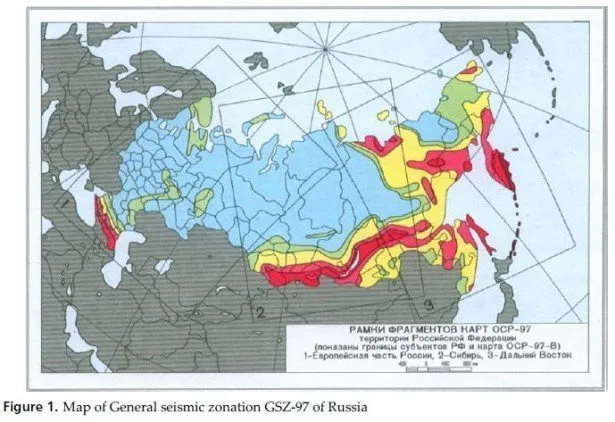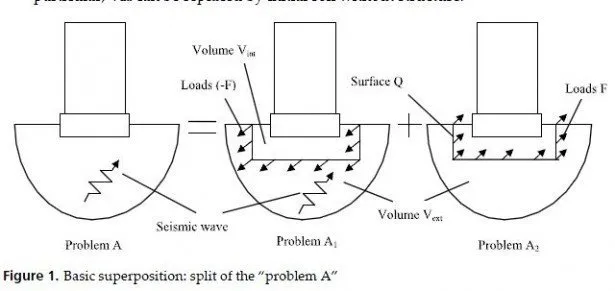For the assessment of ratio parameters between reiterations during the process of execution of a number of investigations on the international projects the earthquake catalogue was checked and specified. The seismicity in each source zone was analyzed on basis of catalogue usage: New Catalogue¦ 1982, Corrected Catalogue of Caucasus, Institute of Geophysics Ac. Sci. Georgia (in data base of IG), the Special Catalogue of Earthquakes for GSHAP test area Caucasus (SCETAC), compiled in the frame of the Global Seismic Hazard Assessment Program (GSHAP), for the period 2000 BC – 1993, N.V. Kondorskaya (editor), (Ms>3.5) Earthquake catalogues of Northern Eurasia (for 1992-2000), Catalogue of NSSP Armenia, Special Catalogue for the Racha earthquake 1991 epicentral area (Inst. Geophysics, Georgia) and also the Catalogue of NORTH OSSETIA 20042006.
Corrected Catalogue of Caucasus contains data for more than 61000 of earthquakes, including 300 historical events (Byus, 1955a, 1955b, 1955c; New Catalogue of strong Earthquakes in the USSR…, 1982), which happened during 2000 years. This catalogue was checked and corrected. Some hypocentral parameters of earthquakes were recalculated.
Threshold of magnitude for the whole catalogue and a and b values of the frequencymagnitude law were determined for large tectonic zones, as their calculation for certain PSS zones was impossible because of data absence. Value of b of the frequency-magnitude law is determined by formula of Gutenberg-Richter:
lg(N / T) = Ğ° – bĞœ
where а and b are parameters, the inclination and level of recurrence graph at М=0.
For each PSS zone (both linear and square) frequency of earthquake origination was studied on basis of observed seismicity. For study of Gutenberg-Richter ratio earthquakes were referred to the separate faults or PSS zones taking into account accuracy in epicenter determination. Because of the shortage of data about accuracy of location determination average model was accepted. This model supposes that mistakes have normal distribution with standard deviation equal to 34 km. Distances from each event to the all PSS zones were measured and only zones, which were on closer distances from the event than three standard deviations, were taken into account. Based on distances value, weighting coefficient was assigned to each zone, from the curve of density distribution of the standard deviation possibility.



